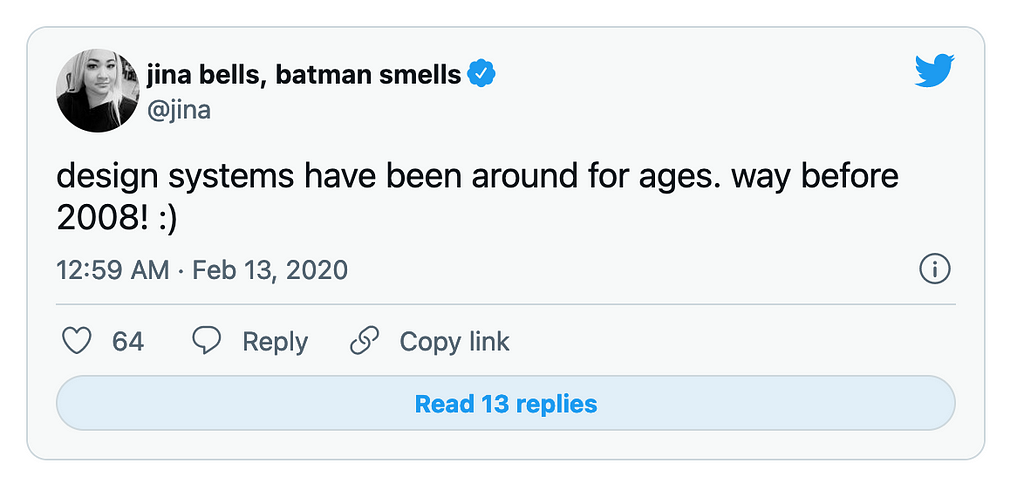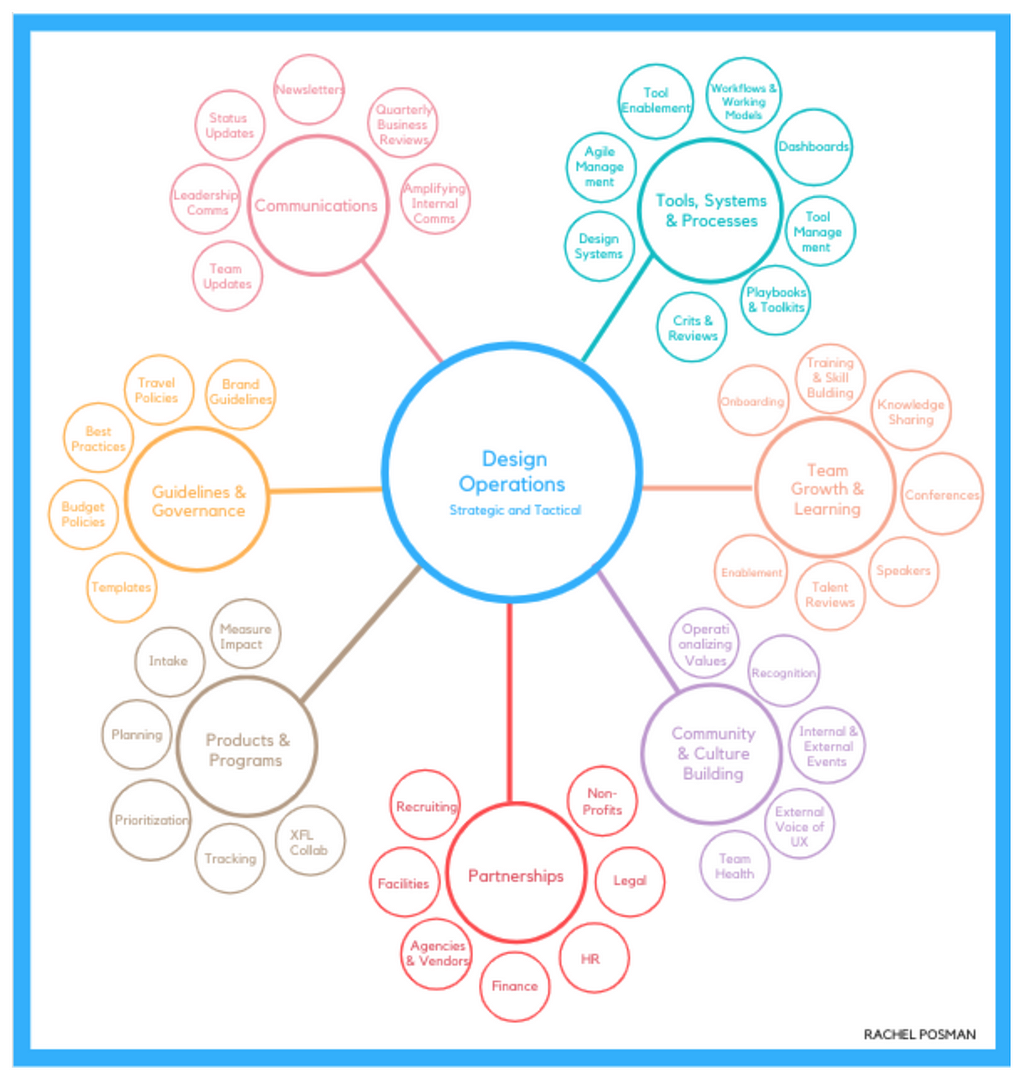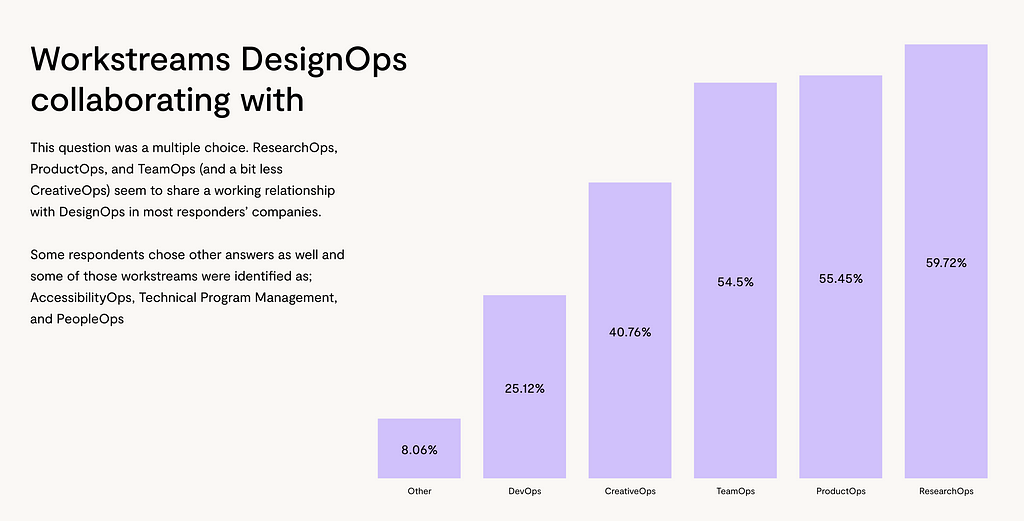Systems and operations in the design profession

I always loved conceptualizing and visualizing processes. As a product designer, I ended up working with a design team, doing user flows, user testing, design sprints, etc. As I was growing as a designer, I did more facilitation, customer journeys, created big conference events, etc. All those were activities that had processes, regardless of how broken or great they might have been. And as a process nerd, did I follow processes as rules written in stone? Not to the slightest. So, “what is the purpose?” you might ask. The best explanation I found was coined by Amy Thibodeau, stating that processes are smart defaults because “process is necessary, but good things can happen in ambiguous spaces”.
Conceptualizing and visualizing processes enables us to navigate between smart defaults and ambiguous spaces, returning to those defaults when and if everything else fails.
During the last few years, being involved closely with design systems, and operations helped me solidify a certain understanding of the intertwined relationship of systems and operations in a design profession that is inherently more complex by the day.
The systems aspect
Design Systems, in their modern form, have been pioneered and championed by hard-working professionals (examples: Jina Anne, Claudina Sarahe, Diana Mounter, Brad Frost, Dan Mall) who helped solidify not only the term but also the way that products are built globally. They are products that help our products and services be more customer-centric but they go beyond that. They increase cross-collaboration to much more effective levels.
Beneath all the complex layers of technical solutions that design systems are built with, governed, and maintained, lies the fact that they solve real people problems. Has always been like that, even before they became a tech term.

The operations aspect
In parallel, Design Operations came into place to amplify the value of design in products and services. Whereas with Design Systems we solve issues on the technical side, or to be more specific to the design doing part, with Design Operations we aim beyond that, on an organizational and ways-of-working level. As it goes with all these terms, Design Operations is nothing new that we just happened to figure out as a concept. It is however a modernized form of practice aimed to fit in companies working on digital products and services.
The practice goes beyond just processes or even systems. It addresses issues such as evolving and scaling of design teams, how they collaborate with other functions of a company (beyond technical processes of a Design System), and improving the quality of the design craft as well as its impact.
Design Operations focuses on the how so that design can focus on the what. It is the design discipline that owns the intentional operationalizing, optimizing and scaling of design.
– Rachel Posman

Design Systems and Design Operations are for people.
And this is nothing that should come as a surprise to anyone connected to the profession.
- By the word design, we put the human aspect into focus. “…when you design, you’re making a claim about how we should interact with a future object, and by extension, how we should interact with each other” Cennydd Bowles, author of Future Ethics, claims.
- By the word system, we make a claim that this is a technical solution (a product) that has all the right components in place and aims to build a future state in which certain problems are lifted.
- By the word operations, we make a claim that this is an orchestration, a combination of people, processes, and craft to help us build a state within the design team where certain problems will be lifted.
In all cases, we make tangible efforts for people to collaborate better and more effectively together.
Turning our practices outward
The only sound criticism I have ever gotten against Design Operations was the question “why don’t we do these things for other people?” meaning developers, business people, marketing people, etc. And that is a very valid question/critique. To which I answered; “exactly, why?”.
Design Operations focuses on design because even one practice is infinitely complex let alone a big organization of multitudes of stakeholders. On the other hand, there is nothing at the core of the activities and expertise of DesignOps professionals that cannot be shared and remixed by other professions.

In the State of DesignOps 2021 report we see Design Operations finding cross-functional partners in all corners of an organization:
- ResearchOps
- ProductOps
- TeamOps
- CreativeOps
- DevOps
- AccessibilityOps
- Technical Program Management
- PeopleOps
- Finance
- Employer Branding
Conclusion
In my view, Design Systems and Design Operations are a natural progression of a maturing design profession. They reflect the struggles of teams of designers in finding ways to tackle problems of collaboration, effectiveness, and coherence. Both of them come with their own complexity of problems, either technical or human and most importantly they do not exist in a vacuum.
One thing is certain: our profession is still evolving, and with that so do our people, processes, and tools. Design Systems have become de-facto ways of working for designers and developers and DesignOps has seen growth in communities like DesignOps Assembly (from 400member in 2020 to 4000+ members in 2022 which is 900% increase in 2 years).
Systems and Operations in the Design Profession was originally published in UX Collective on Medium, where people are continuing the conversation by highlighting and responding to this story.